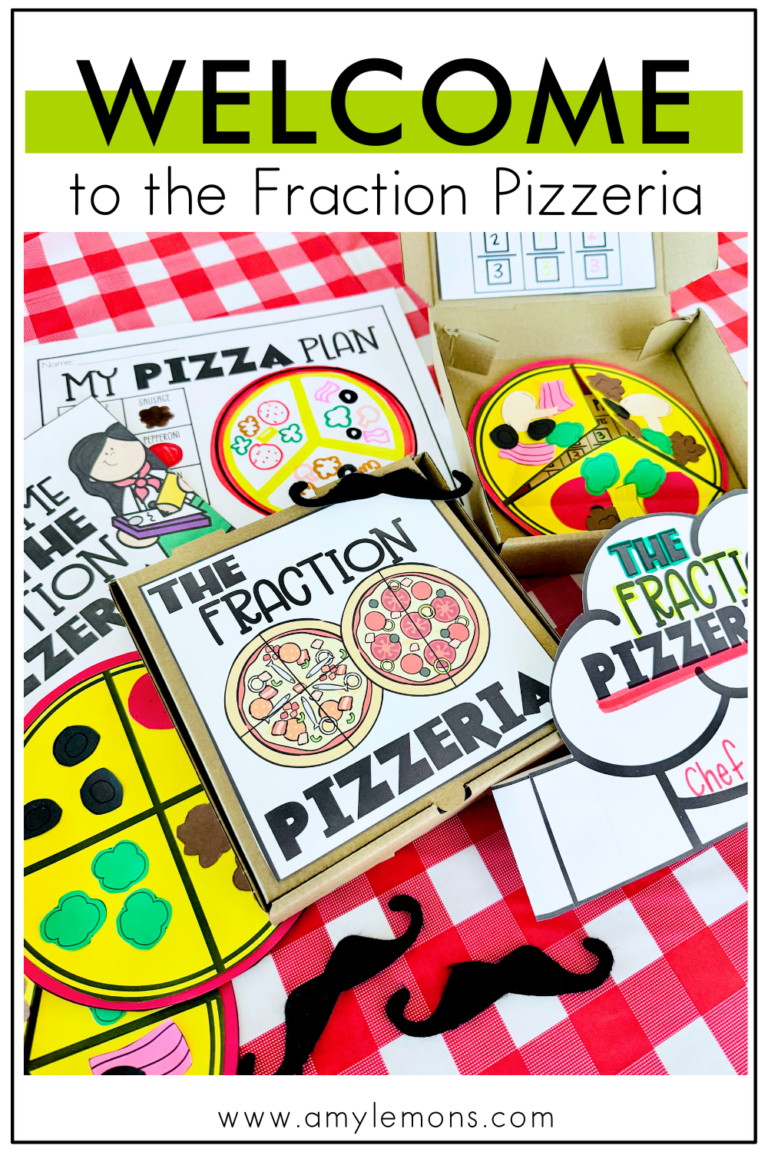
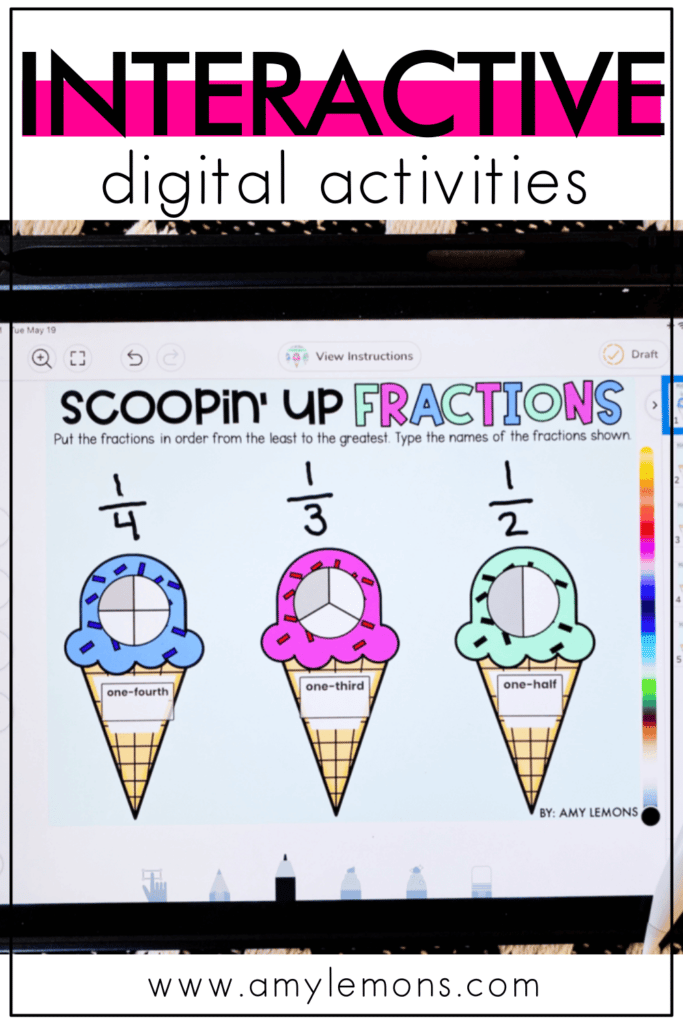
It’s May. Are you hanging in there? Are you still going strong with virtual teaching/learning? Or are you about ready to give up? Either way. I feel for you! Thankfully summer is right around the corner.
Over the past two weeks I have been revisiting some of my favorite activities for the classroom. I would have NEVER thought to make them into digital activities 10+ years ago, but here we are. We are in a world where we need more access to digital lessons, activities, etc. So, I thought I would take some of my tried-and-true activities and make them digital for you. These can all be printed off or used in Google Slides and Seesaw. Let me show you! AND I have a FREEBIE for you!
Let’s take a look at how interactive and fun these activities are!

Students create a dinosaur (either digitally or by cutting/gluing). They estimate the area of each part. Then they will use square tiles to measure the area of each rectangle. Students record the estimates and the measurements.
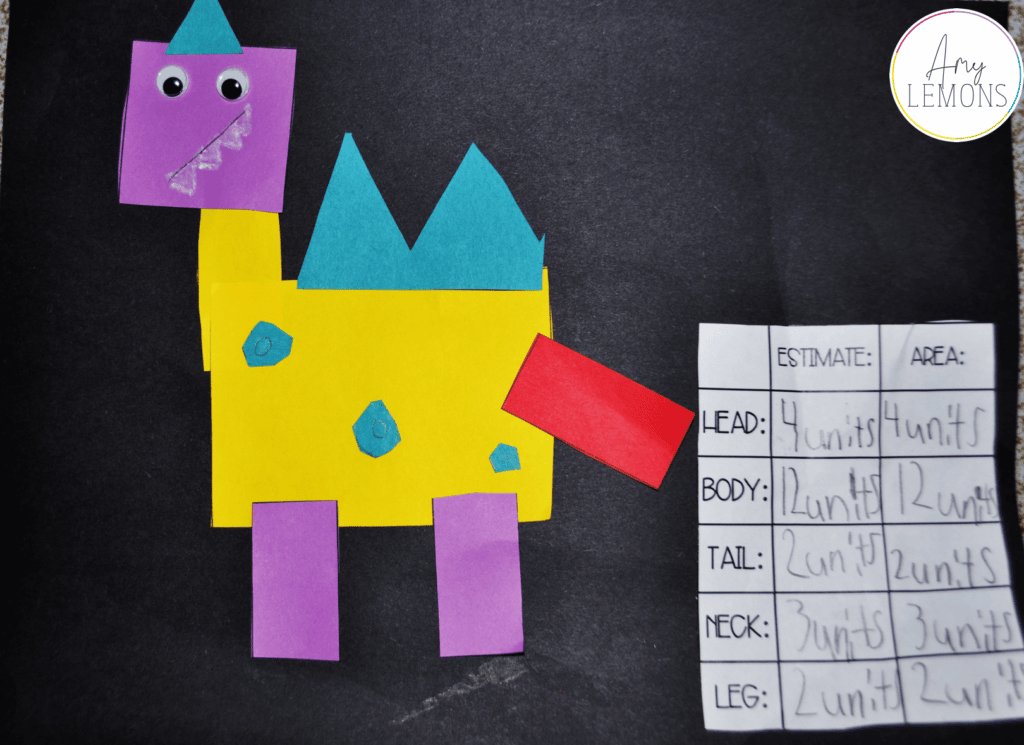
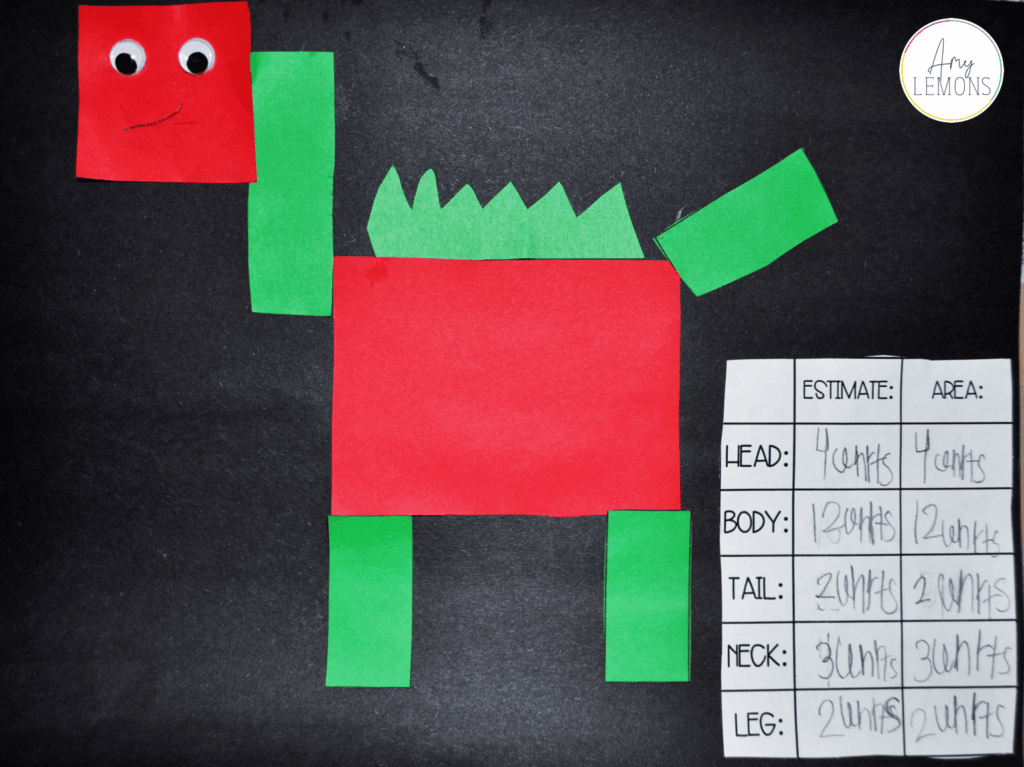

I’ve been making fraction pizzas with students for over ten years now! Students create their pizza (either digitally or by cutting/gluing). They choose their toppings and become little pizza chefs. Then they create fractions based on the toppings used! This is an activity for parts of a whole.


Fraction sundaes have been around for quite some time now as well! Students choose the scoops of ice cream that they want on their sundae. They create an ice cream sundae (either digitally or by cutting/gluing). Then they will record the fractions that they created. This is an activity for parts of a set.
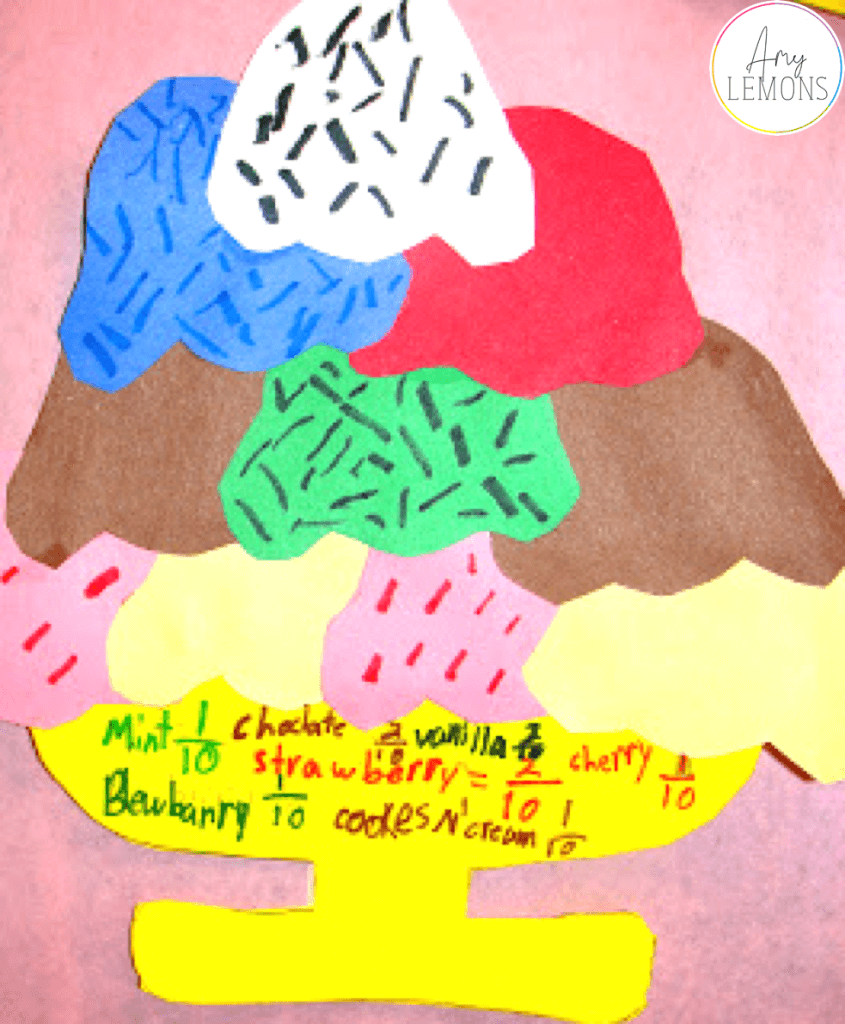

Here’s another pizza activity, but for shapes! Students create a pizza (either digitally or by cutting/gluing). Then they describe the shapes that they used as their pizza toppings.
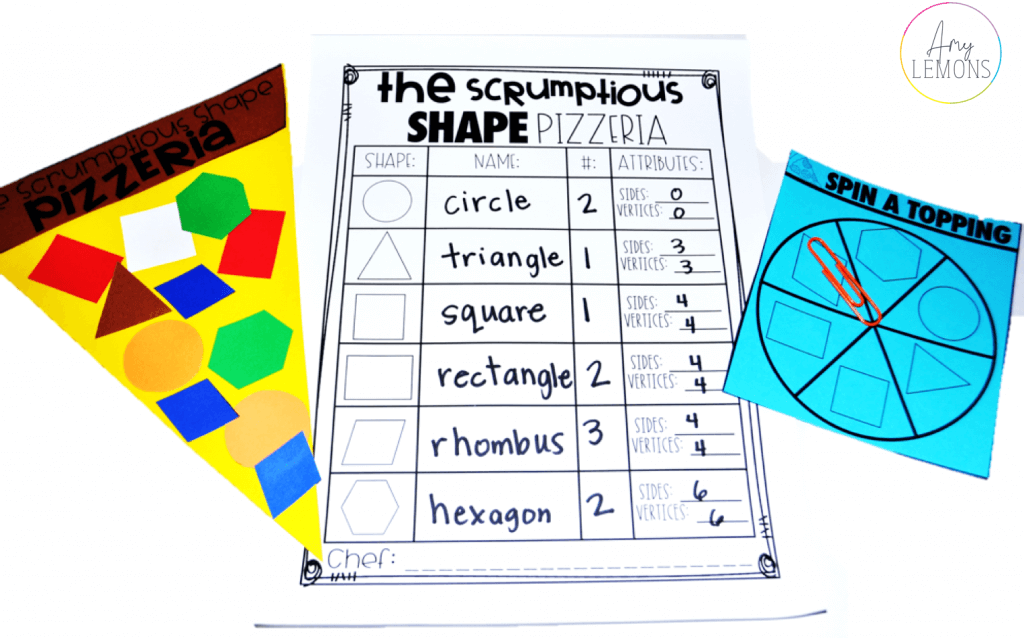

Now, let’s look at your FREEBIE. Students will scoop out fractions. In the printable version, students shade a portion of the shape and write the name of the fraction created. They can also order the fractions, but it isn’t necessary.

In the digital version, students order fractions from least to greatest by looking at the size of the shaded portion. Then they write the name of the fraction shown. Students get to move the scoops to the cones and then type the fractions on the cones. This can be done in Google Slides or Seesaw.


Hey, y’all! My name is Amy Lemons and I am passionate about providing students with both engaging and effective standards-based Math and ELA lessons.

Sample a day of Rooted in Reading with these lesson plans and activities for Reading Comprehension, Vocabulary, and Grammar!